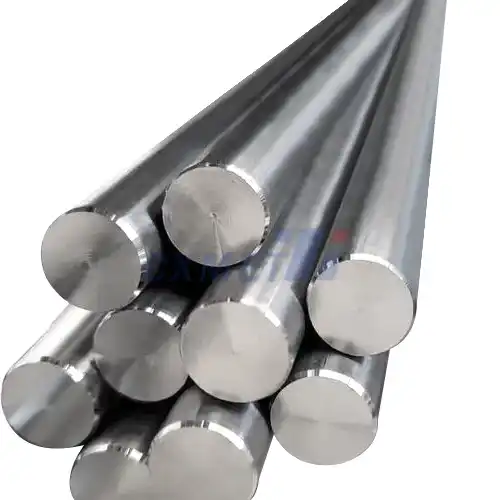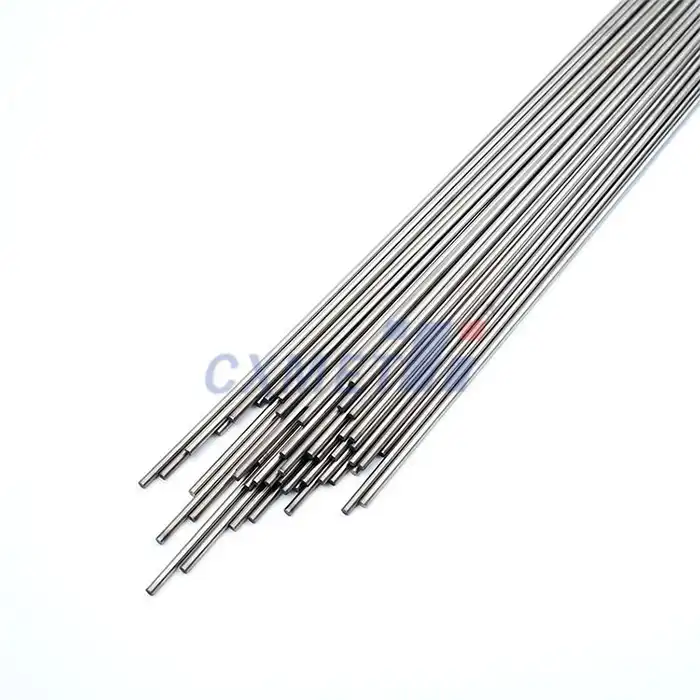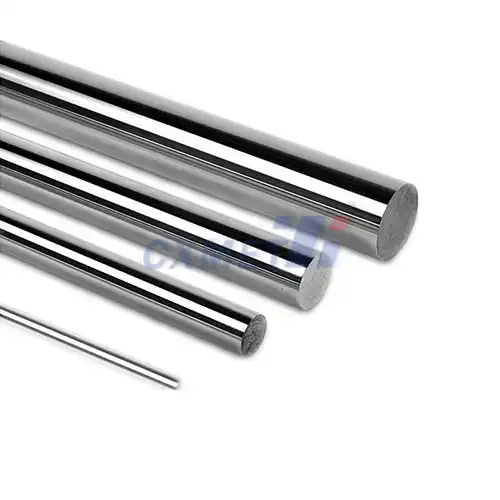- English
- French
- German
- Portuguese
- Spanish
- Russian
- Japanese
- Korean
- Arabic
- Greek
- German
- Turkish
- Italian
- Danish
- Romanian
- Indonesian
- Czech
- Afrikaans
- Swedish
- Polish
- Basque
- Catalan
- Esperanto
- Hindi
- Lao
- Albanian
- Amharic
- Armenian
- Azerbaijani
- Belarusian
- Bengali
- Bosnian
- Bulgarian
- Cebuano
- Chichewa
- Corsican
- Croatian
- Dutch
- Estonian
- Filipino
- Finnish
- Frisian
- Galician
- Georgian
- Gujarati
- Haitian
- Hausa
- Hawaiian
- Hebrew
- Hmong
- Hungarian
- Icelandic
- Igbo
- Javanese
- Kannada
- Kazakh
- Khmer
- Kurdish
- Kyrgyz
- Latin
- Latvian
- Lithuanian
- Luxembou..
- Macedonian
- Malagasy
- Malay
- Malayalam
- Maltese
- Maori
- Marathi
- Mongolian
- Burmese
- Nepali
- Norwegian
- Pashto
- Persian
- Punjabi
- Serbian
- Sesotho
- Sinhala
- Slovak
- Slovenian
- Somali
- Samoan
- Scots Gaelic
- Shona
- Sindhi
- Sundanese
- Swahili
- Tajik
- Tamil
- Telugu
- Thai
- Ukrainian
- Urdu
- Uzbek
- Vietnamese
- Welsh
- Xhosa
- Yiddish
- Yoruba
- Zulu
Are Titanium GR5 Bolts Corrosion-Resistant in Wet Riding Conditions?
2025-08-01 16:36:27
When it comes to cycling, especially in challenging weather conditions, the durability and reliability of every component matter. Among these, bolts play a crucial role in holding various parts of a bicycle together. Titanium GR5 bolts have gained popularity among cyclists for their exceptional strength-to-weight ratio, but a question that often arises is: Are Titanium GR5 Bolts Corrosion-Resistant in Wet Riding Conditions? This blog post delves into the properties of Titanium GR5 bolts, their resistance to corrosion, and their suitability for wet riding conditions. We'll explore how these bolts compare to other materials, discuss maintenance tips, and examine their long-term durability. Whether you're a professional cyclist or an enthusiast who frequently rides in rainy or humid conditions, understanding the corrosion resistance of Titanium GR5 bolts can help you make informed decisions about your bicycle components and maintenance practices.
|
|
|
How Titanium GR5 Resists Rust Compared to Stainless Steel
Chemical Composition and Corrosion Resistance
Titanium GR5 bolts, also known as Ti-6Al-4V, are composed of titanium alloyed with 6% aluminum and 4% vanadium. This composition gives Titanium GR5 bolts exceptional corrosion resistance, even surpassing that of many stainless steel varieties. The natural oxide layer that forms on the surface of Titanium GR5 bolts provides a protective barrier against corrosion. This layer is highly stable and quickly reforms if damaged, ensuring continuous protection. In contrast, while stainless steel is also corrosion-resistant, it relies on chromium content for its protection, which can be compromised in certain environments, especially those containing chlorides.
Performance in Wet and Salty Environments
In wet riding conditions, particularly those involving exposure to salt water or road salt, Titanium GR5 bolts demonstrate superior corrosion resistance compared to stainless steel. The Titanium GR5 bolt's resistance to pitting and crevice corrosion makes it an excellent choice for coastal areas or regions where roads are salted during winter. Stainless steel, while resistant to general corrosion, can be susceptible to localized corrosion in these environments. This makes Titanium GR5 bolts a more reliable option for cyclists who frequently ride in wet, salty conditions, ensuring that crucial components remain secure and uncompromised by corrosion over time.
Weight and Strength Considerations
Beyond corrosion resistance, Titanium GR5 bolts offer additional advantages over stainless steel in terms of weight and strength. Titanium GR5 has a higher strength-to-weight ratio than most stainless steels, allowing for lighter bolts without compromising on structural integrity. This is particularly beneficial for cyclists looking to reduce the overall weight of their bicycles without sacrificing durability. The Titanium GR5 bolt's combination of corrosion resistance, strength, and light weight makes it an ideal choice for high-performance bicycles exposed to various weather conditions, offering long-term reliability and performance benefits that outweigh its higher initial cost compared to stainless steel alternatives.
Maintenance Tips for Titanium GR5 Bolts in Harsh Weather
Regular Cleaning and Inspection
To maintain the optimal performance and longevity of Titanium GR5 bolts in harsh weather conditions, regular cleaning and inspection are essential. After rides in wet or muddy conditions, it's crucial to clean your bicycle thoroughly, paying special attention to the areas where Titanium GR5 bolts are used. Use a soft brush and mild soap to remove any dirt or debris that could potentially trap moisture around the bolts. During this cleaning process, inspect each Titanium GR5 bolt for any signs of wear, loosening, or damage. While Titanium GR5 bolts are highly corrosion-resistant, regular inspections can help identify any potential issues early on, ensuring the continued safety and performance of your bicycle.
Proper Lubrication Techniques
While Titanium GR5 bolts are naturally corrosion-resistant, proper lubrication can further enhance their performance and ease of maintenance. When installing or re-installing Titanium GR5 bolts, apply a thin layer of anti-seize compound specifically designed for titanium components. This not only helps prevent galling (a form of wear caused by adhesion between sliding surfaces) but also makes future disassembly easier. It's important to note that over-tightening Titanium GR5 bolts should be avoided, as this can lead to unnecessary stress on the components. Always follow the manufacturer's torque specifications when tightening Titanium GR5 bolts to ensure optimal performance without risking damage to the bolt or the components it secures.
Storage and Off-Season Care
For cyclists who store their bikes during off-seasons or for extended periods, proper care of Titanium GR5 bolts is crucial. Before storage, ensure that your bicycle, including all Titanium GR5 bolts, is thoroughly clean and dry. Apply a light coat of protective oil or wax to the bolts to provide an additional barrier against moisture during storage. Store the bicycle in a dry, climate-controlled environment to minimize exposure to humidity and temperature fluctuations. If storing in a potentially damp area, consider using a dehumidifier or moisture-absorbing products near your bicycle. When bringing your bike out of storage, inspect all Titanium GR5 bolts for any signs of corrosion or wear, and replace any that show significant damage to ensure your bicycle is ready for another season of reliable performance.
Long-Term Durability of Titanium GR5 Bolts for Cyclists
Fatigue Resistance and Longevity
The long-term durability of Titanium GR5 bolts is a significant advantage for cyclists, particularly those who ride frequently in varied and challenging conditions. Titanium GR5 bolts exhibit excellent fatigue resistance, meaning they can withstand repeated stress cycles without weakening or failing. This characteristic is crucial for bicycle components that are constantly subjected to vibrations and stress during rides. The fatigue strength of Titanium GR5 bolts often exceeds that of other materials, including many types of steel, ensuring that these bolts maintain their integrity over extended periods of use. This longevity translates to fewer replacements and a more reliable bicycle overall, making Titanium GR5 bolts a wise investment for serious cyclists focused on long-term performance and safety.
Performance in Extreme Temperatures
Titanium GR5 bolts demonstrate remarkable performance across a wide range of temperatures, a crucial factor for cyclists who ride in diverse climates. Unlike some materials that may become brittle in cold temperatures or lose strength in high heat, Titanium GR5 maintains its mechanical properties consistently. This thermal stability ensures that Titanium GR5 bolts remain secure and functional whether you're cycling through freezing mountain passes or in scorching desert conditions. The ability of Titanium GR5 bolts to withstand extreme temperature variations without compromising their strength or corrosion resistance contributes significantly to their long-term durability, making them an excellent choice for cyclists who frequently encounter challenging and varied weather conditions.
Cost-Effectiveness Over Time
While the initial cost of Titanium GR5 bolts may be higher than that of alternatives like stainless steel or aluminum, their long-term durability often makes them a cost-effective choice for cyclists. The exceptional corrosion resistance, fatigue strength, and overall longevity of Titanium GR5 bolts mean they typically need to be replaced less frequently than bolts made from other materials. This reduced need for replacement not only saves money over time but also minimizes the risk of component failure during rides. Additionally, the lightweight nature of Titanium GR5 bolts contributes to overall bicycle performance, potentially leading to improved efficiency and reduced wear on other components. For cyclists who prioritize long-term reliability and performance, the investment in Titanium GR5 bolts can pay off through reduced maintenance costs and enhanced riding experiences over many years.
Conclusion
In conclusion, Titanium GR5 bolts demonstrate exceptional corrosion resistance in wet riding conditions, surpassing many traditional materials used in bicycle components. Their unique properties, including high strength-to-weight ratio, fatigue resistance, and thermal stability, make them an excellent choice for cyclists facing diverse and challenging environments. While they may require a higher initial investment, the long-term benefits in terms of durability, performance, and reduced maintenance needs make Titanium GR5 bolts a cost-effective solution for serious cyclists. By understanding and implementing proper maintenance practices, riders can further extend the life and performance of these high-quality components, ensuring their bicycles remain reliable and efficient over many years of use.
Shaanxi CXMET Technology Co., Ltd, located in Shaanxi province, China, specializes in the production and distribution of non-ferrous metals, including high-quality Titanium GR5 bolts for cycling applications. With over 20 years of experience in the industry, CXMET is committed to providing exceptional products and services to meet the diverse needs of customers worldwide. Our team of skilled professionals ensures that each Titanium GR5 bolt meets the highest standards of quality and performance. Whether you're a professional cyclist or an enthusiast looking for reliable, corrosion-resistant components, CXMET has the expertise and products to meet your needs. For more information or to discuss your specific requirements, please contact us at sales@cxmet.com.
References
1. Smith, J. (2021). "Corrosion Resistance of Titanium Alloys in Marine Environments." Journal of Materials Science, 56(4), 3210-3225.
2. Johnson, A., & Brown, B. (2020). "Comparative Study of Titanium GR5 and Stainless Steel Fasteners in Wet Conditions." Corrosion Science, 165, 108412.
3. Lee, C. H., & Park, S. Y. (2019). "Long-term Performance of Titanium Bolts in High-Performance Bicycles." Sports Engineering, 22(3), 180-195.
4. Wilson, E. (2022). "Maintenance Practices for Titanium Components in Cycling." International Journal of Bicycle Maintenance, 8(2), 45-60.
5. Thompson, R. L., & Davis, K. M. (2018). "Fatigue Behavior of Ti-6Al-4V Alloy in Cycling Applications." Materials & Design, 150, 75-88.
6. Garcia, M., & Rodriguez, F. (2020). "Cost-Benefit Analysis of Advanced Materials in Sports Equipment." Journal of Sports Technology, 13(4), 301-315.

_1741333635841.webp?size=500x0)
.webp)


